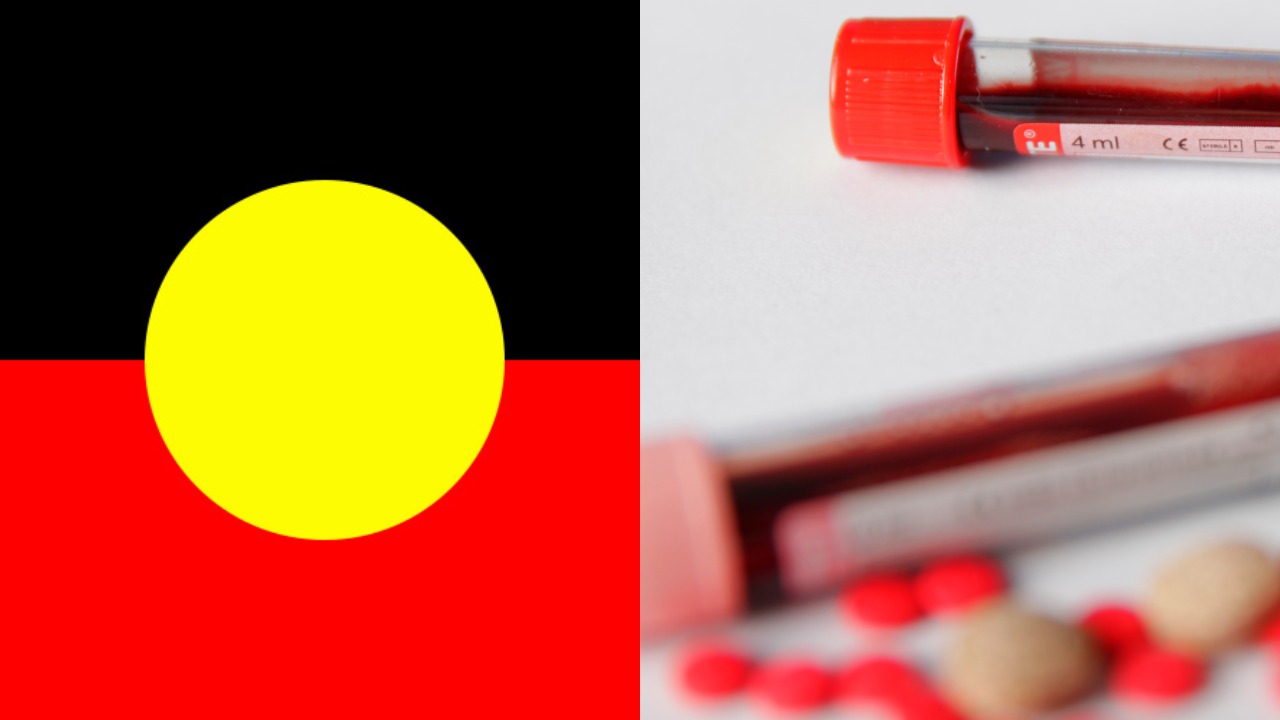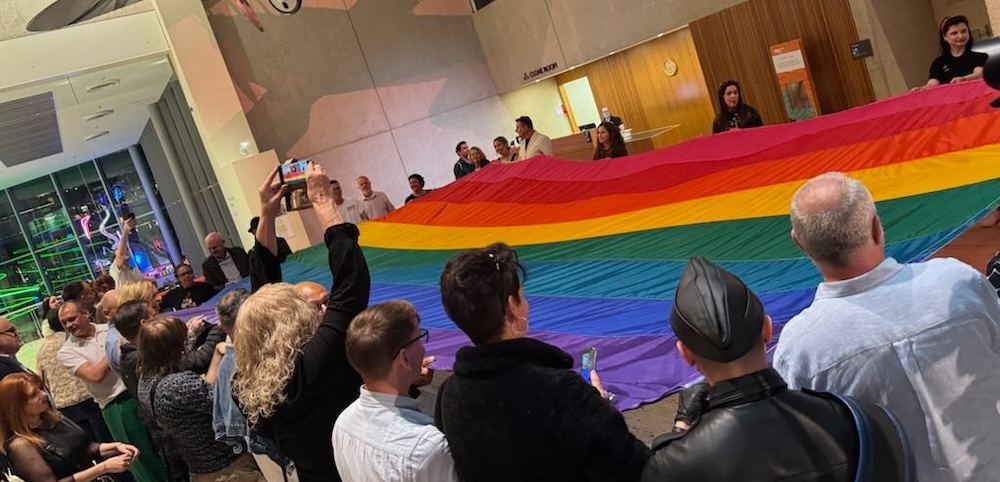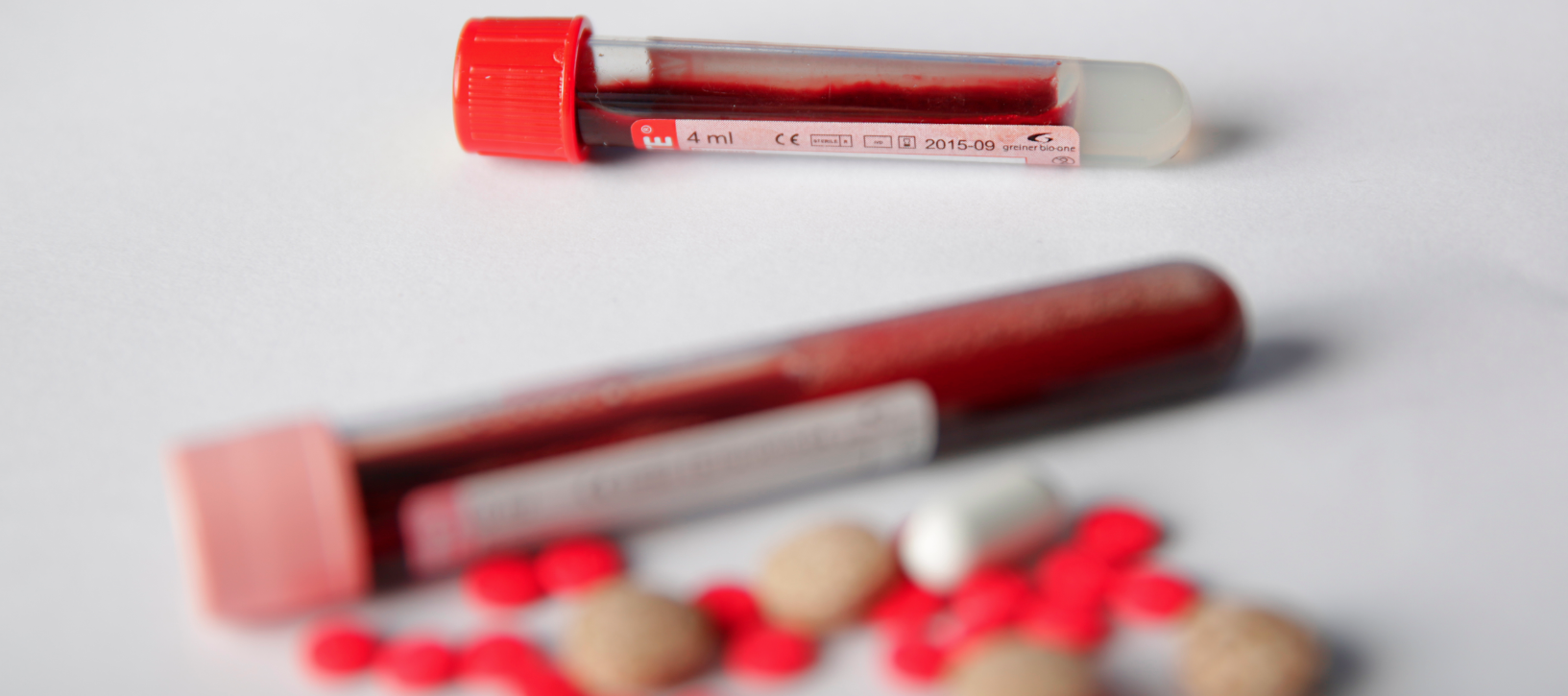
New HIV diagnoses rise by 33 per cent among Indigenous people

Researchers say the goal of ending new HIV transmissions in Australia by 2020 could be out of reach if more isn’t done to address rising transmissions among Aboriginal and Torres Strait Islander people.
A new study published in the Medical Journal of Australia show that rates of new HIV transmissions have risen by 33 per cent since 2012, The Sydney Morning Herald reported.
New HIV diagnoses rose from 4.8 per 100,000 people in 2012 to 6.4 people per 100,000 in 2016, where rates declined by 22 per cent in non-Indigenous people across the same period.
The paper says that of the 17,000 people enrolled in PrEP trials around Australia, approximately 200 were Indigenous.
The report says that “HIV in Australia is currently considered to be a low-level epidemic” and that “it could rapidly transition to a concentrated epidemic among Aboriginal and Torres Strait Islander people, as has occurred among First Nations people in some provinces of Canada.”
Authors James S. Ward, Karen Hawke and Rebecca J. Guy said that the target of virtually eliminating HIV transmissions by 2020 could be compromised if more isn’t done, and that new infections in Indigenous people were double that of the non-Indigenous population for the first time since 1992.
Men who have sex with men account for a lower proportion of new infections in ATSI people (51 per cent) versus the non-Indigenous population (74 per cent), while a higher proportion can be attributed to injecting drug use and transmission between men and women.
The authors stated that though Australia has readily available testing, treatment and prevention programs, their scope was not expansive enough to address rising transmissions in marginal communities.
“It is clear that the approach requires strengthening and modifying in terms of reach, potency and sustainability to connect with different priority population groups within the Aboriginal and Torres Strait Islander population,” they wrote.
A Kirby Institute study last year noted the increase in new transmissions among overseas-born men, especially among men born in Asia.
The paper recommended increasing the availability of HIV testing to Aboriginal and Torres Strait Islander communities, as well as making PrEP available to at-risk Indigenous people and a broader push to combat rising STI rates.
Writing in last month’s Star Observer, Esther Montgomery wrote that “Aboriginal LGBTI people need to be targeted in the strategy because we are the most vulnerable.”









